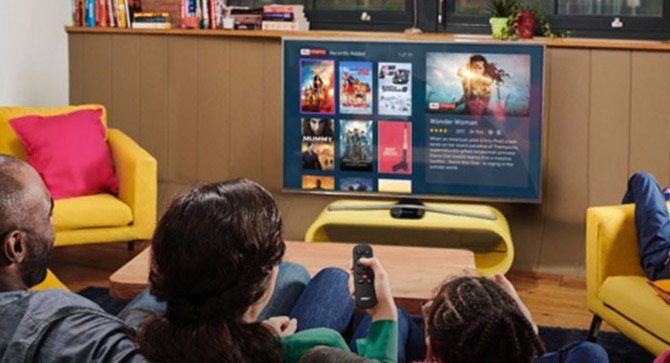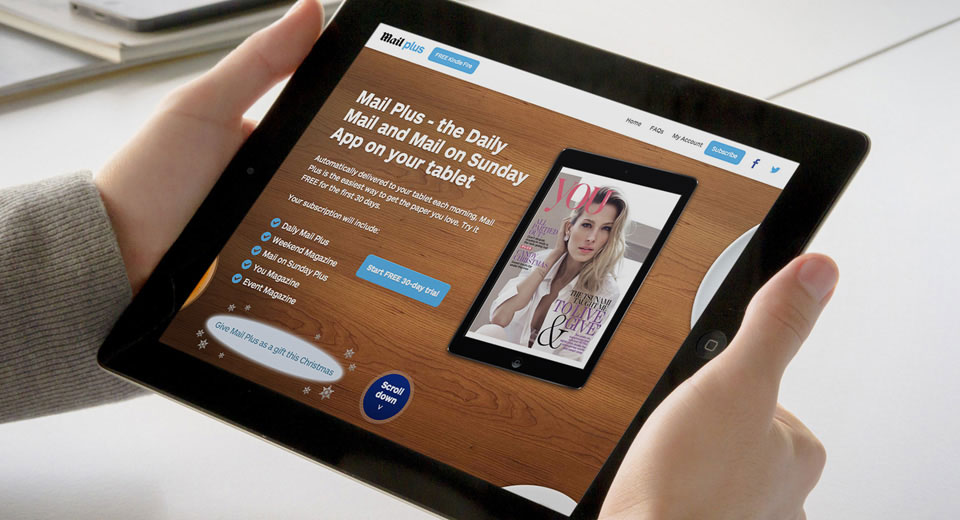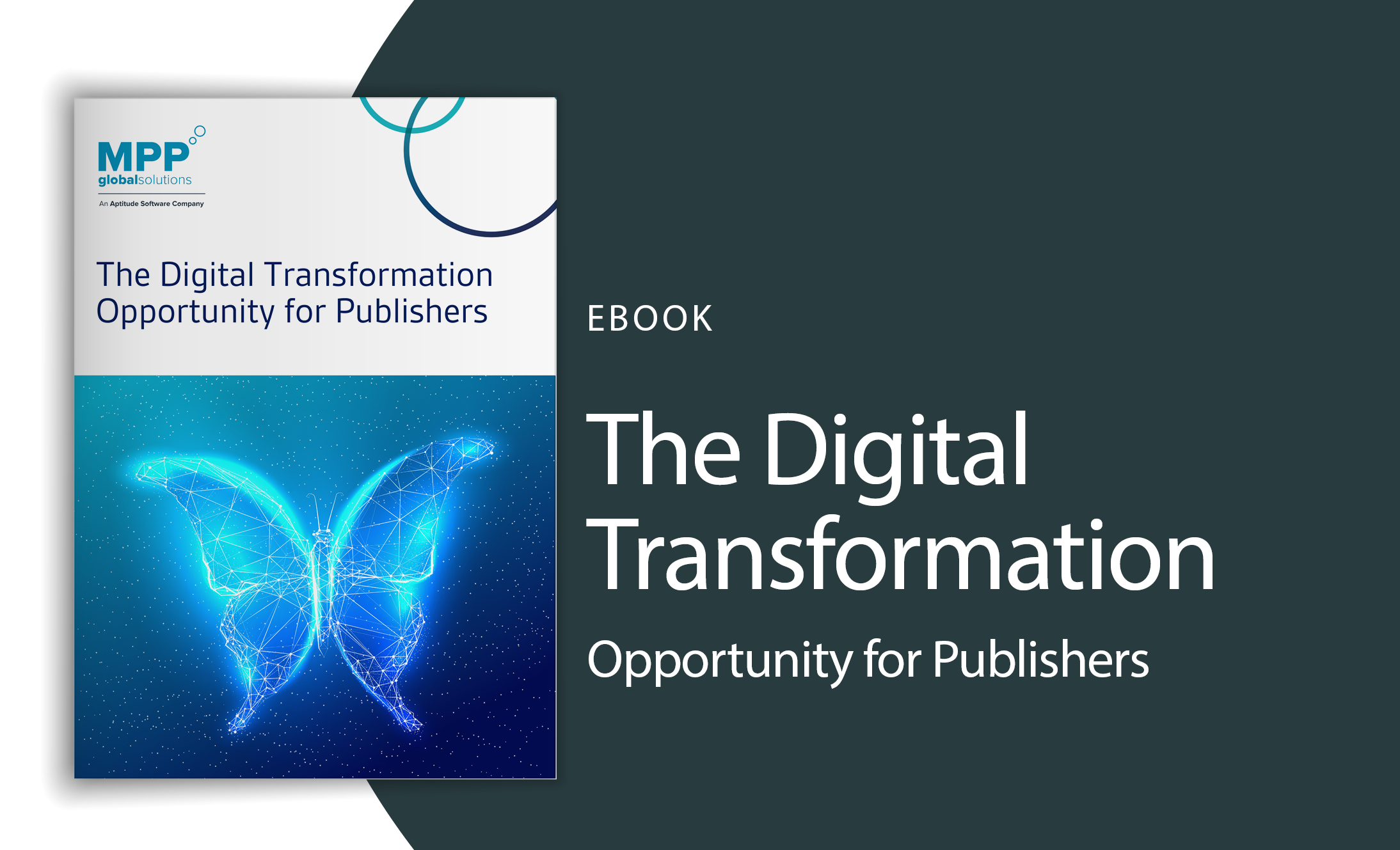How Brand-led Models are Disrupting the Market: From Wholesale to Direct

Direct-to-consumer eCommerce is on the rise as manufacturers experience the vast benefits of bypassing the retailer. eCommerce and multi-channel functionality has helped brands to redress the power balance that has traditionally tipped in the favor of retailers. This is certainly something that has featured strongly in my recent conversations in the market and the evidence appears to back it up.
Key takeaways
- Expected 71% growth in manufacturers selling direct
- The advantages of direct-to-consumer channels
- Which brands are leading the way?
This year, it is predicted that there will be a 71% growth in direct-to-consumer channels and over 40% of manufacturers will be using this model. In fact, over a third of consumers report they bought directly from a brand manufacturer’s website last year.*
Strengthen the Brand
There are numerous advantages of selling direct; by bypassing the retailer, the brand can control the portrayal of their products. Avoiding the retailer’s own selling style helps to strengthen the brand. Additionally, brands that sell direct can have full control over their virtual shelf space and their pricing, which is of paramount importance.
Digital Intelligence: Give your Customers an Identity
In addition, eCommerce and multichannel retailers can harness digital intelligence to learn more about the customer and establish direct relationships. Knowing what they like to buy, the frequency of their purchases and their demographic is vital information which can benefit both parties. Brands that sell direct can turn anonymous buyers into loyal customers.
Direct Customer Feedback
Direct feedback from the customer is highly advantageous to allow product manufacturers to tailor their marketing campaigns and to endeavor for customer-led product developments.
The inclination is there: in fact, 90% of customers ‘are willing to spend 20 minutes to set up their information to help retailers give them a better experience’. However, the same study discovered that less than a third of retailers can accommodate this growing consumer desire.*
Brands Leading the Way in Subscription Sales
Whilst brands have traditionally sold predominantly to retailers, changes in the retail market such as subscription billing have facilitated direct selling; bypassing the intermediary. Early leaders recognized that there were 4 important goals to get right to see the best chance of success.**
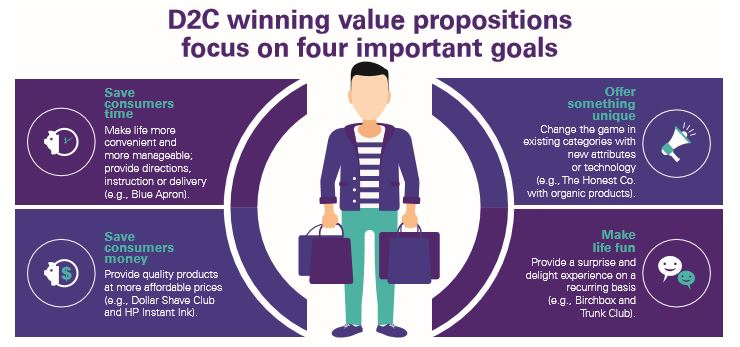
KPMG
Adidas
Adidas are a prime example of a brand focussing upon the development of strong direct-to-consumer channels with their $600 subscription box for women, which offers subscribers three premium fitness items quarterly.
Unilever
Unilever acquired the Dollar Shave Club for a reported $1 billion, a subscription start-up service, which offers men an alternative to expensive blades from $3 a month.
Nike
Nike has undergone a shift towards direct-to-consumer initiatives by launching its Nike+ app, which gives customers a personalized feed and facilitates direct purchasing. Nike’s direct-to-consumer revenue has been steadily rising and is predicted to reach $16 billion by fiscal 2020.
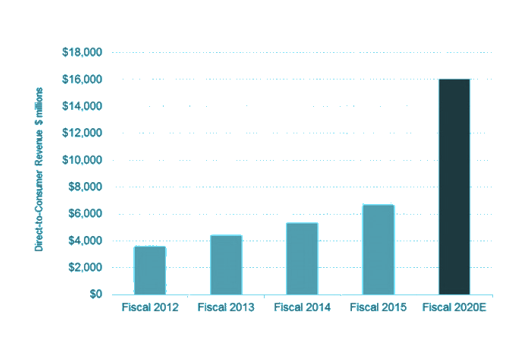
Nike, via marketrealist.com
Grow your Direct-to-consumer Revenues
Your brand needs to offer something unique to draw consumers away from third-party retailers, such as high levels of personalization and a better customer service.
Adidas, Unilever and Nike have demonstrated the opportunity that direct subscriptions offer to boost direct sales, strengthen the brand and develop the identity of the customer.
This is where MPP Global’s eSuite comes in – an advanced monetization platform which provides retailers, amongst other sectors, with the functionality to operate bespoke subscription services to manage the complete customer lifecycle. By providing convenience and discovery to complement existing sales channels, retailers can increase revenues and improve customer engagement, both online and in-store.
Get in touch with our retail specialists for a quick chat on how to generate and grow recurring revenues.
References
* https://econsultancy.com/blog/64317-why-brands-need-to-move-to-a-direct-to-consumer-model/
** KPMG, Is it zero hour for consumer packaged goods companies?
 us
us 


